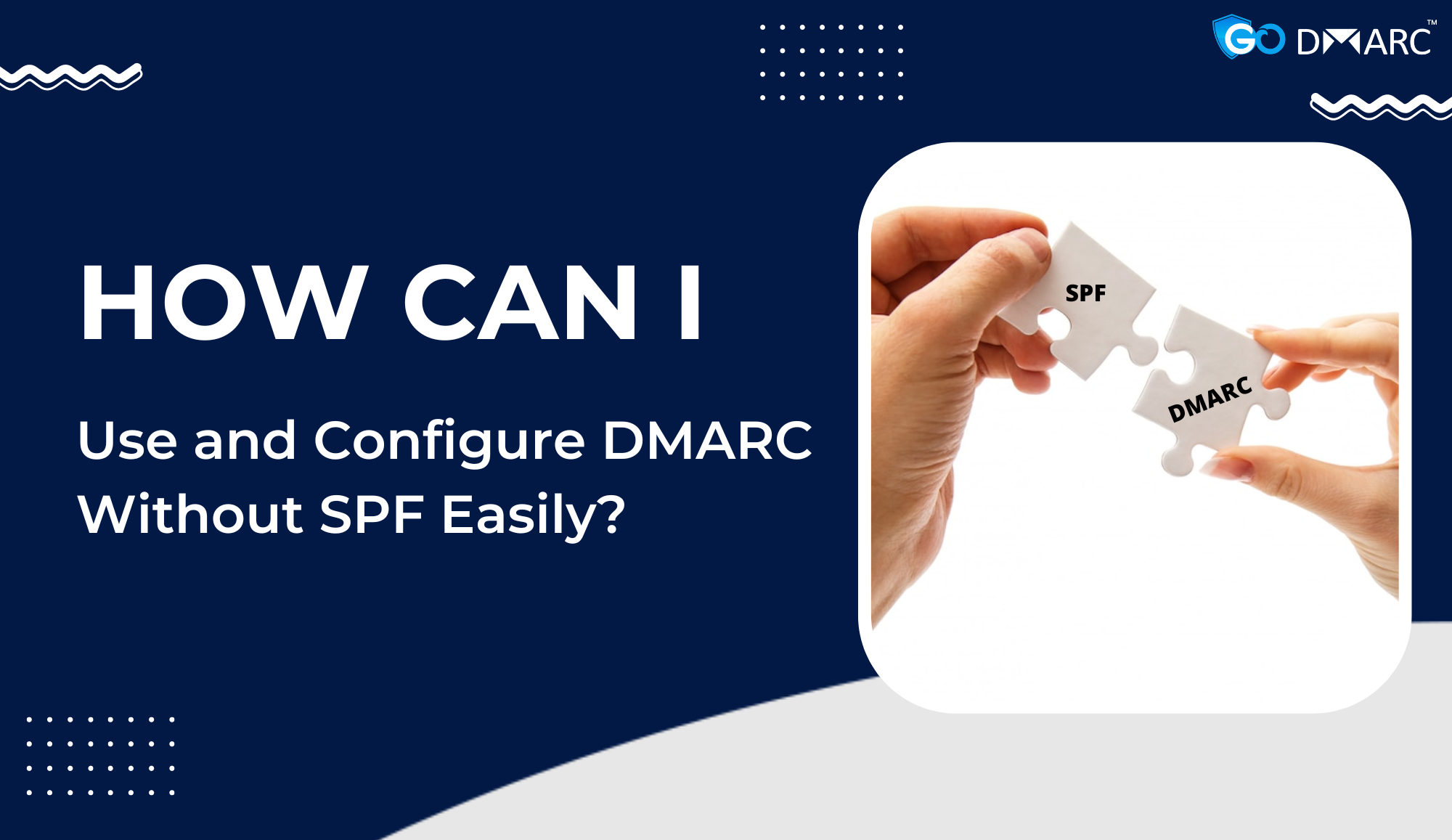The validity of an Email is determined by two things. First of all, it needs to originate from the source it purports to be from. Second, while transmission, the mail’s contents must not change after the introduction of dmarc protocol it is now possible to check the validity of the email.
Previously, it was extremely easy to tell the difference between a fraudulent and genuine email by simply looking at it, but as technology advanced, scammers also improved their phishing techniques, and over time, they created more complex ways to access various accounts and computers. The majority of email attacks use fictitious sender identities, either belonging to companies or people. It is possible to protect yourself, by setting up a DMARC protocol.
TABLE OF CONTENTS
All you need to know about DMARC
A technical standard known as DMARC, or Domain-based Message Authentication, Reporting, and Conformance, aids in safeguarding email senders and recipients against spam, spoofing, and phishing. A business is able to publish a policy using DMARC that outlines its email authentication procedures and tells recipient mail servers how to implement them and it is therefore important to set up DMARC. DMARC protocol ensures that an email is genuinely sent by you or your company, you must establish one or more types of email authentication.
One of the most crucial measures you can take to increase trustworthiness is properly implementing DMARC Record Checker, which aids receiving mail servers in deciding how to assess messages that pretend to come from your domain. Email experts advise adopting a DMARC email authentication policy in the context of a comprehensive message strategy. In essence, it gives email senders the option to designate what to do with messages that were not verified with SPF or DKIM. Senders have the option of blocking specific emails or sending them to the garbage folder. By doing this, it may lessen false positives, provide greater authentication data for more market transparency, and help determine fraudsters and stop harmful emails from infiltrating consumer inboxes. In order to set up DMARC, a valid DMARC record is must.
What is SPF?
The Sender Policy Framework or SPF fortifies one’s DNS servers and limits who can send emails from the domain. SPF is able to stop domain spoofing but makes it possible for your mail server to identify when a message originated from the domain it uses. SPF consists of three main components: a policy framework, an authentication technique, and particular headers in the email itself that convey the data.
The Sender Policy Framework (SPF) Record Checker is a diagnostic tool that serves as both an SPF record lookup and validator. This experiment will check the domain name for an SPF record, display the record, then perform a number of diagnostic procedures on the record, exposing any issues that may have an impact on email delivery.

How to Configure DMARC without SPF?
The existence of one of the two accepted authentication protocols, SPF or DKIM, is necessary for DMARC to work. This indicates that a person’s messages must comply with either SPF or DKIM but do not need to be both.
Step1: Create and Publish a Record for DKIM
You must watch out that you don’t publish more than one record for the identical domain when doing this. This straight-forward error might invalidate your record and cause the verification to fail. To instantly generate a public-private key pair and the appropriate DKIM selector, use the DKIM generator.
To enable the DMARC protocol, broadcast this entry on your DNS server. You must activate the system’s extensive reporting mechanism if you want to set up DMARC without SPF. Once activated, you will thereafter receive daily updates via XML files that are sent to the email account or web server you’ve specified.
Step2: Create and Publish Record for DMARC
Utilizing generating tools, create a distinct DMARC record for each of your domains, then publish it by connecting to your DNS.
Conclusion
Exact-domain impersonation is a sort of impersonation when scammers utilize a domain that is truly owned by the company they’re masquerading in the message’s “From” field. Email authentication, however, can stop this kind of impersonation. Email authentication relies on generally recognized standards to confirm that an email actually originates from the domain it claims to. The DMARC pricing packages offer a variety of services and anyone can get the best service at affordable prices. It is possible to configure DMARC without SPF. GoDMARC will help you to configure DMARC without SPF. Get your DMARC services now!

Frequently asked questions
Q1. Is it possible to configure DMARC without SPF?
Yes, the DMARC solution can protect an email domain when just the DKIM digital signing method is in use. They either require SPF or DKIM verification to succeed, not both.
Q2. What are the dangers of not using SPF?
If the domain’s SPF record is missing, several mail hosts will reject mail. Although it is possible to set up DMARC without SPF. A legitimate SPF record must be published in order to use SPF. To verify and generate SPF Record for a specific domain, SPF record checker is used. Using the SPF lookup, one may set up dmarc without SPF record for errors, security threats, and approved IP addresses.
Q3. Why is DMARC Service needed?
DMARC service is a method for assisting people who sent Emails along with the recipients in determining whether a specific message is truly coming from the sender and deciding what to do.




